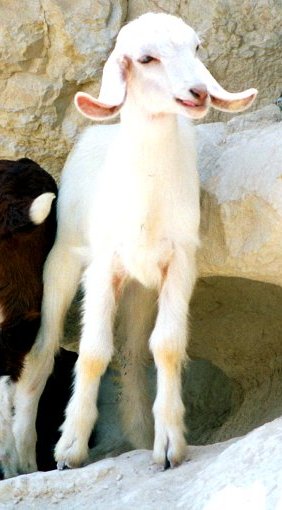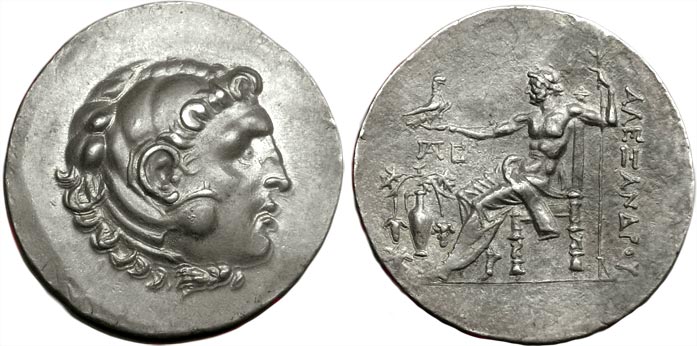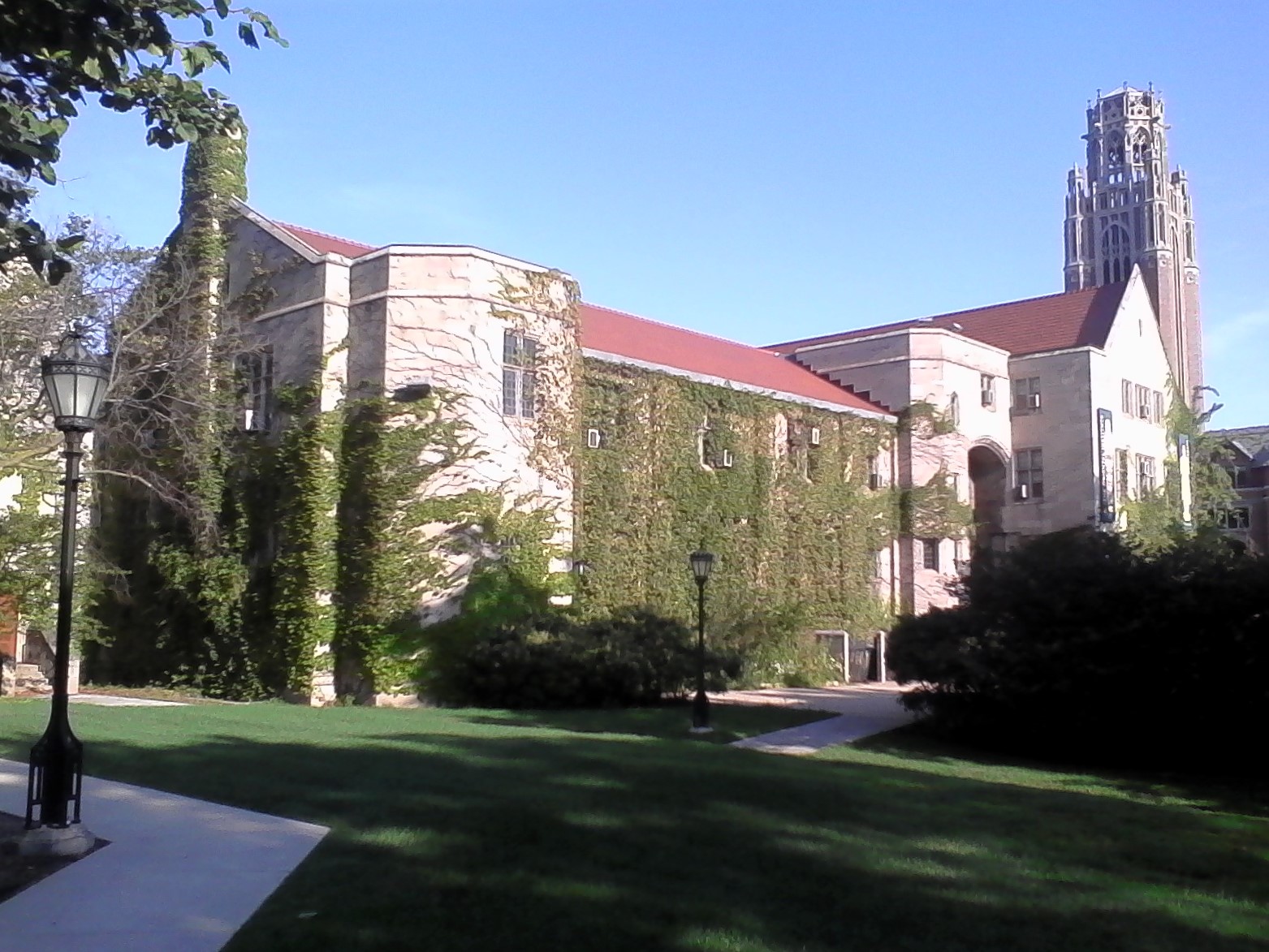|
Zuz (Jewish Coin)
A Zuz (; plural zuzim) was an ancient Jewish silver coin struck during the Bar Kokhba revolt as well as a Jewish name for the various types of non-Jewish small silver coinage, used before and after the period of the revolt. The name was used from the Greek era of drachmas, through the Roman era of Denarius, and then as the quarter denomination of Bar Kokhba Revolt coinage. The Jewish insurrectionists' ''zuzim'' were overstruck on Imperial denarii or provincial drachmas of the emperors Vespasian, Titus, Domitian, Trajan, and Hadrian. Four zuzim, denarii or drachmas make a shekel, a sela or a tetradrachm. Etymology Several different etymologies have been suggested for the word "zuz": * A corruption of the Greek Zeus, who was the deity portrayed on the reverse of many Seleucid tetradrachms during the latest stages of the Seleucid Empire. * In Hebrew, the word "zuz" means "move", or "to move", so it was called "zuzim" to show that it was constantly moving around, usually referring ... [...More Info...] [...Related Items...] OR: [Wikipedia] [Google] [Baidu] |
Jewish
Jews (, , ), or the Jewish people, are an ethnoreligious group and nation, originating from the Israelites of History of ancient Israel and Judah, ancient Israel and Judah. They also traditionally adhere to Judaism. Jewish ethnicity, religion, and community are highly interrelated, as Judaism is their ethnic religion, though it is not practiced by all ethnic Jews. Despite this, religious Jews regard Gerim, converts to Judaism as members of the Jewish nation, pursuant to the Conversion to Judaism, long-standing conversion process. The Israelites emerged from the pre-existing Canaanite peoples to establish Kingdom of Israel (Samaria), Israel and Kingdom of Judah, Judah in the Southern Levant during the Iron Age.John Day (Old Testament scholar), John Day (2005), ''In Search of Pre-Exilic Israel'', Bloomsbury Publishing, pp. 47.5 [48] 'In this sense, the emergence of ancient Israel is viewed not as the cause of the demise of Canaanite culture but as its upshot'. Originally, J ... [...More Info...] [...Related Items...] OR: [Wikipedia] [Google] [Baidu] |
Seleucid Empire
The Seleucid Empire ( ) was a Greek state in West Asia during the Hellenistic period. It was founded in 312 BC by the Macedonian general Seleucus I Nicator, following the division of the Macedonian Empire founded by Alexander the Great, and ruled by the Seleucid dynasty until its annexation by the Roman Republic under Pompey in 63 BC. After receiving the Mesopotamian regions of Babylonia and Assyria in 321 BC, Seleucus I began expanding his dominions to include the Near Eastern territories that encompass modern-day Iraq, Iran, Afghanistan, Syria, and Lebanon, all of which had been under Macedonian control after the fall of the former Achaemenid Empire. At the Seleucid Empire's height, it had consisted of territory that covered Anatolia, Persia, the Levant, Mesopotamia, and what are now modern Kuwait, Afghanistan, and parts of Turkmenistan. The Seleucid Empire was a major center of Hellenistic culture. Greek customs and language were privileged; the wide vari ... [...More Info...] [...Related Items...] OR: [Wikipedia] [Google] [Baidu] |
Chad Gadya
Chad Gadya ''or'' Had Gadya (Aramaic language, Aramaic: חַד גַדְיָא ''chad gadya'', "one little goat", or "one kid"; Hebrew language, Hebrew: "גדי אחד ''gedi echad''") is a playful cumulative song in Aramaic and Hebrew language, Hebrew. It is sung at the end of the Passover Seder, the Jewish ritual feast that marks the beginning of the Jewish holiday of Passover. The melody may have its roots in Middle Ages, Medieval German folk music. It first appeared in a Haggadah printed in Prague in 1590, which makes it the most recent inclusion in the traditional Passover seder liturgy. The song is popular with children and similar to other cumulative songs: ''Echad Mi Yodea'', ("Who Knows 'One'?") another cumulative song, is also in the Passover Haggadah. Lyrics Symbolism As with any work of verse, Chad Gadya is open to interpretation. According to some modern Jewish commentators, what appears to be a light-hearted song may be symbolic. One interpretation is that Cha ... [...More Info...] [...Related Items...] OR: [Wikipedia] [Google] [Baidu] |
Passover Songs
Passover songs are songs from the seder, the festive meal associated with the Jewish festival of Passover Passover, also called Pesach (; ), is a major Jewish holidays, Jewish holiday and one of the Three Pilgrimage Festivals. It celebrates the Exodus of the Israelites from slavery in Biblical Egypt, Egypt. According to the Book of Exodus, God in .... Songs before the meal Songs before the meal include: * The Seder (Kadesh Urchatz): a table of contents of the seder ceremony, naming the 15 sections of the seder. * Kiddush: The Kiddush is traditionally sung to a special melody used only on the Three Pilgrimage Festivals. * Ma Nishtana: The Four Questions are traditionally asked by the youngest child at the table who is able. * Avadim Hayinu: A single sentence stating, "We were slaves to Pharaoh in Egypt—now we are free." * Baruch Hamakom: A song praising God, both in general and for giving the Torah to the Jewish People. * Vehi Sheamda: In every generation arises those who ... [...More Info...] [...Related Items...] OR: [Wikipedia] [Google] [Baidu] |
Haggadah
The Haggadah (, "telling"; plural: Haggadot) is a foundational Jewish text that sets forth the order of the Passover Seder. According to Jewish practice, reading the Haggadah at the Seder table fulfills the mitzvah incumbent on every Jew to recount the The Exodus, Egyptian Exodus story to their children on the first night of Passover. History Authorship According to Jewish tradition, the Haggadah developed during the Mishnah, Mishnaic and Talmudic periods, although the exact timeframe is unknown. It has existed in different forms over history and therefore cannot be attributed to a single author. Its corporate author is traditionally designated as the ''Baal Haggadah'' (master of the Haggadah). There is also a tradition that the term ''Baal Haggadah'' refers to an anonymous individual from the time of the Gaonim who devised the standard version used today. It is unlikely that it was assembled before the time of Judah bar Ilai (), the latest Tannaim, tanna quoted therein. It is us ... [...More Info...] [...Related Items...] OR: [Wikipedia] [Google] [Baidu] |
Tetradrachm
The tetradrachm () was a large silver coin that originated in Ancient Greece. It was nominally equivalent to four drachmae. Over time the tetradrachm effectively became the standard coin of the Antiquity, spreading well beyond the borders of the Greek World. As a result, tetradrachms were minted in vast quantities by various polities in many weight and fineness standards, though the Athens-derived ''Attic standard'' of about 17.2 grams was the most common. Because of their large size, tetradrachms were often used by various states or rulers to advertise themselves or to deliver political messages. Popularity of the tetradrachm outlived the political independence of the Greeks and it remained in wide circulation in the Mediterranean up until Crisis of the Third Century, while debased varieties persisted in India and Central Asia into early Middle Ages. Due to their often high artistic level tetradrachms are eagerly collected in modern times, and well-preserved or rare specimen ... [...More Info...] [...Related Items...] OR: [Wikipedia] [Google] [Baidu] |
Shekel
A shekel or sheqel (; , , plural , ) is an ancient Mesopotamian coin, usually of silver. A shekel was first a unit of weight—very roughly 11 grams (0.35 ozt)—and became currency in ancient Tyre, Carthage and Hasmonean Judea. Name The word is based on the triliteral Proto-Semitic root , cognate to the Akkadian or , a unit of weight equivalent to the Sumerian . Use of the word was first attested in under the reign of Naram-Sin of Akkad, and later in in the Code of Hammurabi. The Hebrew reflex of the root is found in the Hebrew words for "to weigh" (), "weight" () and "consideration" (). It is cognate to the Aramaic root and the Arabic root ( ث ق ل, in words such as "weight", "heavy" or , a unit of weight). The famous writing on the wall in the Book of Daniel includes a cryptic use of the word in Aramaic: "". Shekel came into the English language via the Hebrew Bible, where it is first used in Genesis 23. The term "shekel" has been used for a unit of we ... [...More Info...] [...Related Items...] OR: [Wikipedia] [Google] [Baidu] |
Tyrian Shekel
Tyrian shekels, tetradrachms, or tetradrachmas were coins of Tyre. Description They also bore the Greek inscription (, 'of Tyre the holy ityand ityof refuge'). The coins were the size of a modern Israeli half-shekel and were issued by Tyre, in that form, between 126 BC and AD 56. Earlier Tyrian coins with the value of a tetradrachm, bearing various inscriptions and images, had been issued from the second half of the fifth century BC. After the Roman Empire closed down the mint in Tyre, the Roman authorities allowed the Jewish rabbanim to continue minting Tyrian shekels in Judaea, but with the requirement that the coins should continue to bear the same image and text to avoid objections that the Jews were given autonomy. They were replaced by First Jewish Revolt coinage in 66 AD. The Tyrian shekels were considered tetradrachms by the Greeks, as they weighed four Athenian drachmas, about 14 grams , more than earlier 11-gram shekels but regarded as equivalent for ... [...More Info...] [...Related Items...] OR: [Wikipedia] [Google] [Baidu] |
Denarius
The ''denarius'' (; : ''dēnāriī'', ) was the standard Ancient Rome, Roman silver coin from its introduction in the Second Punic War to the reign of Gordian III (AD 238–244), when it was gradually replaced by the ''antoninianus''. It continued to be minted in very small quantities, likely for ceremonial purposes, until and through the Tetrarchy (293–313). The word ''dēnārius'' is derived from the Latin ''dēnī'' "containing ten", as its value was originally of 10 ''As (Roman coin), assēs''.Its value was increased to 16 assēs in the middle of the 2nd century BC. The word for "money" descends from it in Italian (''denaro''), Slovene (''denar''), Portuguese (''dinheiro''), and Spanish (''dinero''). Its name also survives in the dinar currency. Its symbol is represented in Unicode as 𐆖 (U+10196), a numeral monogram that appeared on the obverse in the Republican period, denoting the 10 ''asses'' ("X") to 1 ''denarius'' ("I") conversion rate. However it can also be re ... [...More Info...] [...Related Items...] OR: [Wikipedia] [Google] [Baidu] |
Dram (unit)
The dram (alternative British spelling drachm; apothecary symbol ʒ or ℨ; abbreviated dr) Earlier version first published in '' New English Dictionary'', 1897.National Institute of Standards and Technology (October 2011). Butcher, Tina; Cook, Steve; Crown, Linda et al. eds"Appendix C – General Tables of Units of Measurement"(PDF)''Specifications, Tolerances, and Other Technical Requirements for Weighing and Measuring Devices'' NIST Handbook. 44 (2012 ed.). Washington, D.C.: U.S. Department of Commerce, Technology Administration, National Institute of Standards and Technology. ISSNbr>0271-4027 OCLC . Retrieved 1 July 2012. is a unit of mass in the avoirdupois system, and both a unit of mass and a unit of volume in the apothecaries' system. It was originally both a coin and a weight in ancient Greece. The unit of volume is more correctly called a fluid dram, fluid drachm, fluidram or fluidrachm (abbreviated fl dr, ƒ 3, or fʒ). Ancient unit of mass *The Attic Greek drach ... [...More Info...] [...Related Items...] OR: [Wikipedia] [Google] [Baidu] |
Talmud
The Talmud (; ) is the central text of Rabbinic Judaism and the primary source of Jewish religious law (''halakha'') and Jewish theology. Until the advent of Haskalah#Effects, modernity, in nearly all Jewish communities, the Talmud was the centerpiece of Jewish culture, Jewish cultural life and was foundational to "all Jewish thought and aspirations", serving also as "the guide for the daily life" of Jews. The Talmud includes the teachings and opinions of thousands of rabbis on a variety of subjects, including halakha, Jewish ethics, Jewish philosophy, philosophy, Jewish customs, customs, Jewish history, history, and Jewish folklore, folklore, and many other topics. The Talmud is a commentary on the Mishnah. This text is made up of 63 Masekhet, tractates, each covering one subject area. The language of the Talmud is Jewish Babylonian Aramaic. Talmudic tradition emerged and was compiled between the destruction of the Second Temple in 70 CE and the Arab conquest in the early seve ... [...More Info...] [...Related Items...] OR: [Wikipedia] [Google] [Baidu] |
University Of Chicago Oriental Institute
The Institute for the Study of Ancient Cultures, West Asia & North Africa (ISAC), formerly known as the Oriental Institute, is the University of Chicago's interdisciplinary research center for ancient Near Eastern studies and archaeology museum. Established in 1919, it was founded for the university by Egyptology and ancient history professor James Henry Breasted with funds donated by John D. Rockefeller Jr. It conducts research on ancient civilizations throughout the Near East, including at its facility, Chicago House, in Luxor, Egypt. The institute also publicly exhibits an extensive collection of artifacts related to ancient civilizations and archaeological discoveries at its on-campus building in Hyde Park, Chicago. According to anthropologist William Parkinson of the Field Museum, the ISAC's highly focused "near Eastern, or southwest Asian and Egyptian" collection is one of the finest in the world. History In the early 20th century, James Henry Breasted built up the co ... [...More Info...] [...Related Items...] OR: [Wikipedia] [Google] [Baidu] |








